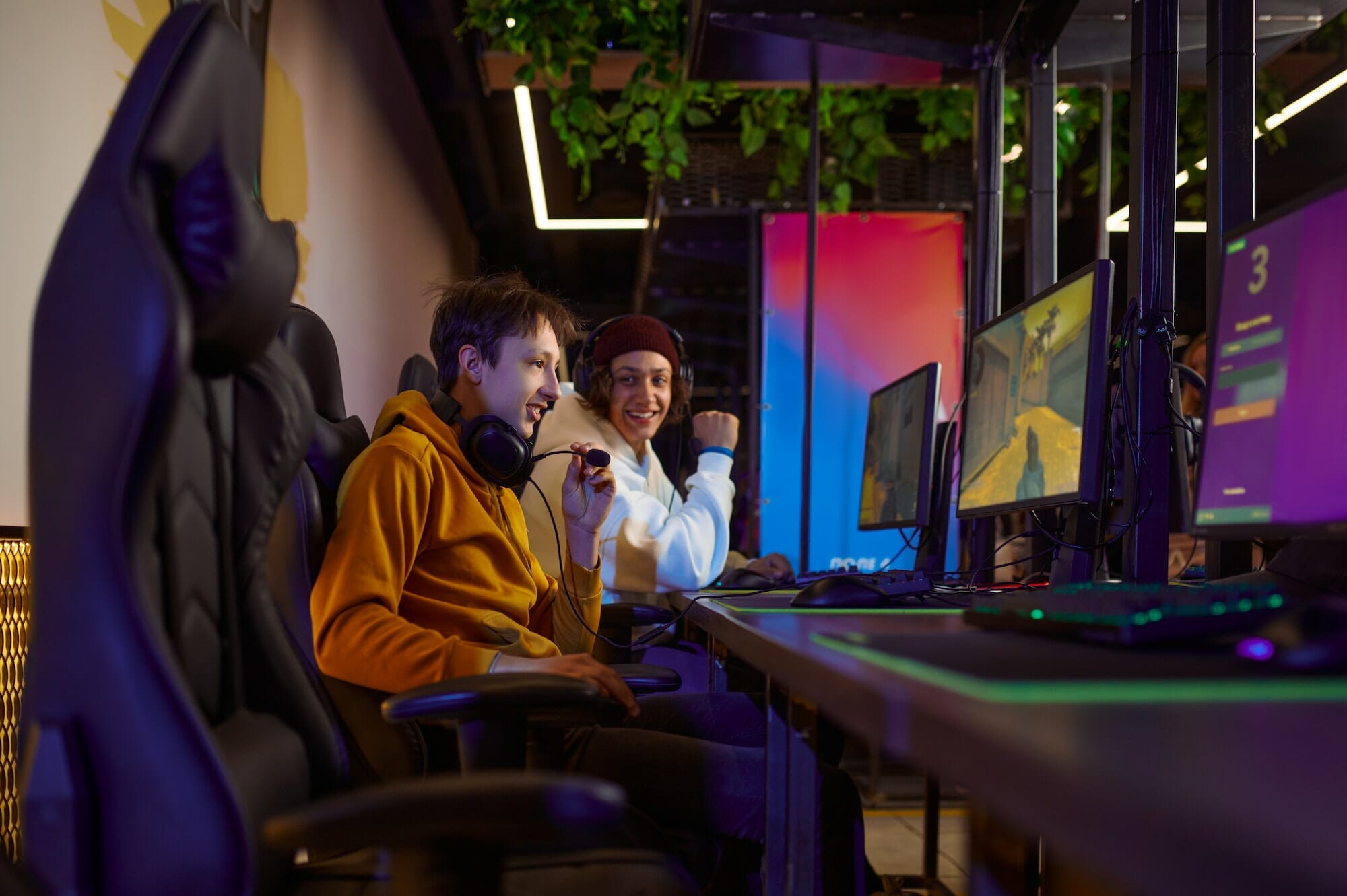
This is where you plan the concept of your games. There are no creations yet, just plans and discussion about what game to create. The ideas are limitless. It would be best to do rough drafts first. Solidify it by discussing the pros and cons of every idea and researching various stuff. Take references from other games or the real world itself.
Optimal time range: 3 days to 1 month
Case study reference: Our Obby Game in Roblox was planned within 3 days.

This phase is for you to see if the ideas you’ve generated are possible on the game engine that you are using. Research other games made on the same engine or try it out on the game engine that you plan to use. This is vital to the success of the game creation as it puts all the generated ideas into a standpoint to see what is “capable” vs “incapable” of being done by the team.
Optimal time range: 2 days to 2 months
Case study reference: Obby Game plan in Roblox was proofed within 2 days.
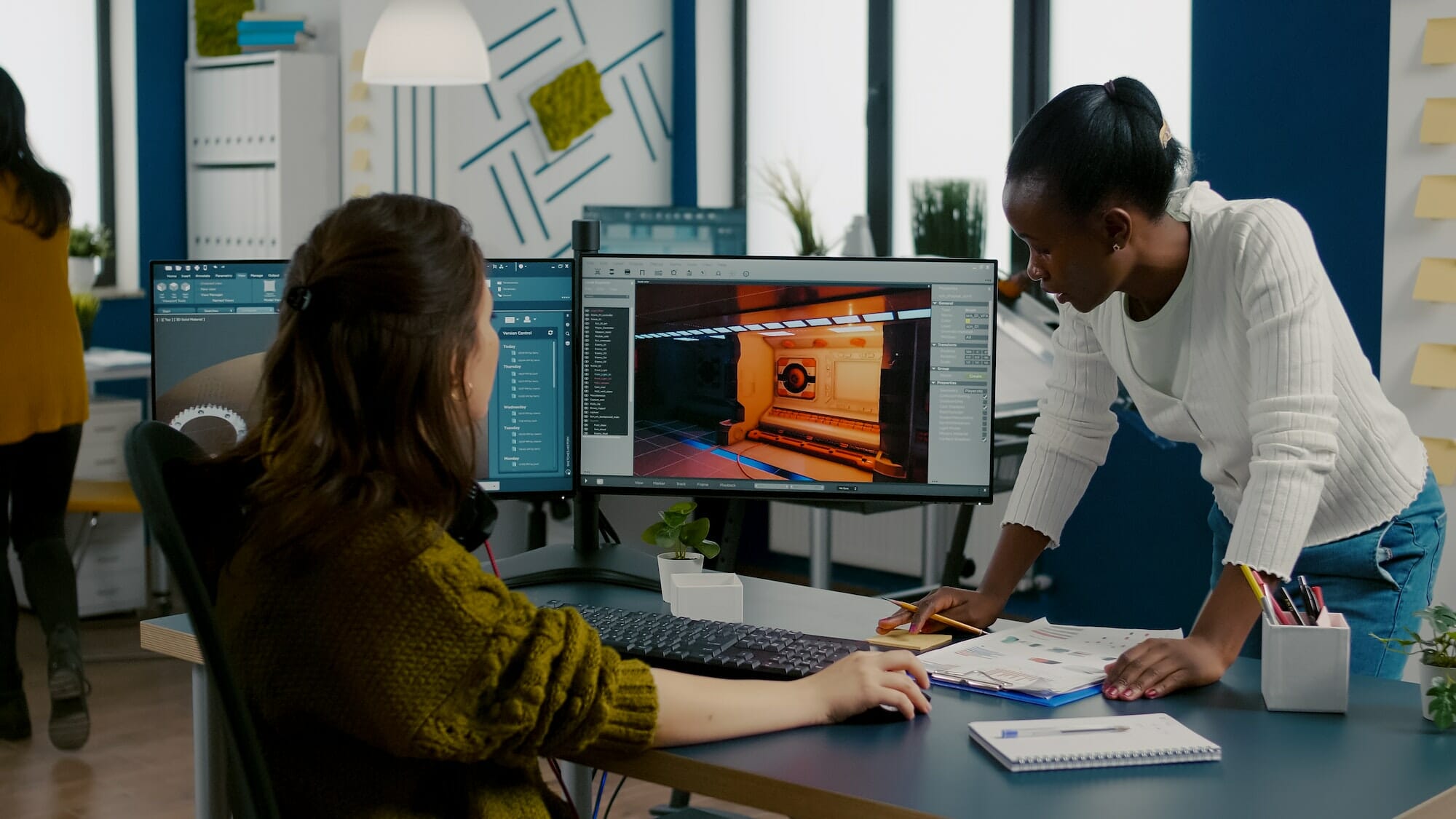
Optimal time range: 2 days to 4 weeks
Case study reference: Obby Game document in Roblox created within 2 days.
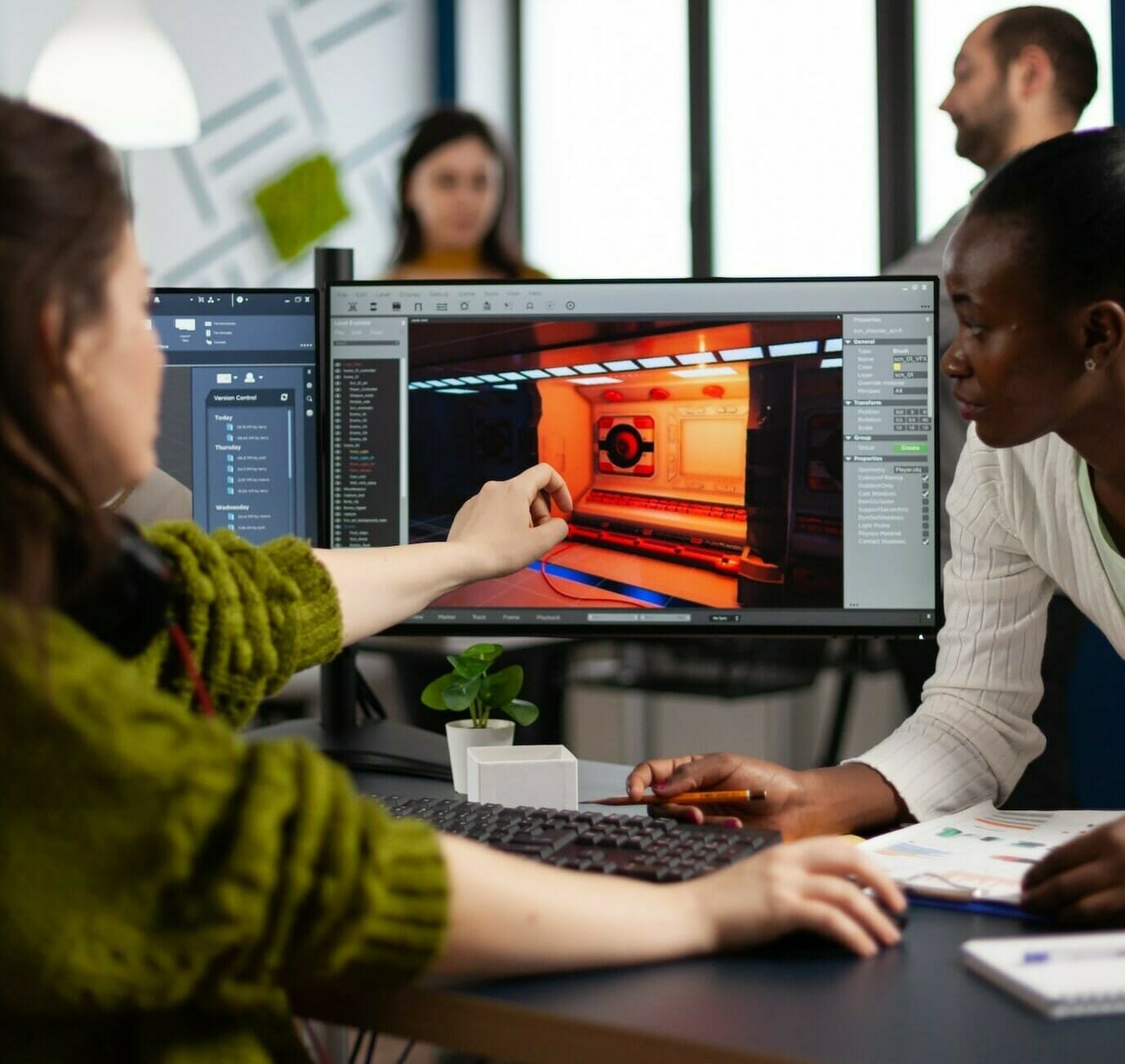
This is where the actual game design takes place. You develop your prototypes and actually visualise the ideas that you have. This is where you can solidify the proofing you made and make it into actual designs for your game using the game engine you use. This is where your rough sketches come into life on the game engine.
Others often neglect this, saying it’s a waste of time. However, this process is extremely important because it allows the creative team to analyse visual trends and explore options for the look and feel of the game. With a dedicated phase like this, our designers can brainstorm ideas for the overall quality designs and try out multiple products for each idea.
Optimal time range: 1 week to 4 months or more
Case study reference: Obby Game models in Roblox were created/combined within 1 week.
Explanations for players or how players will progress on your game
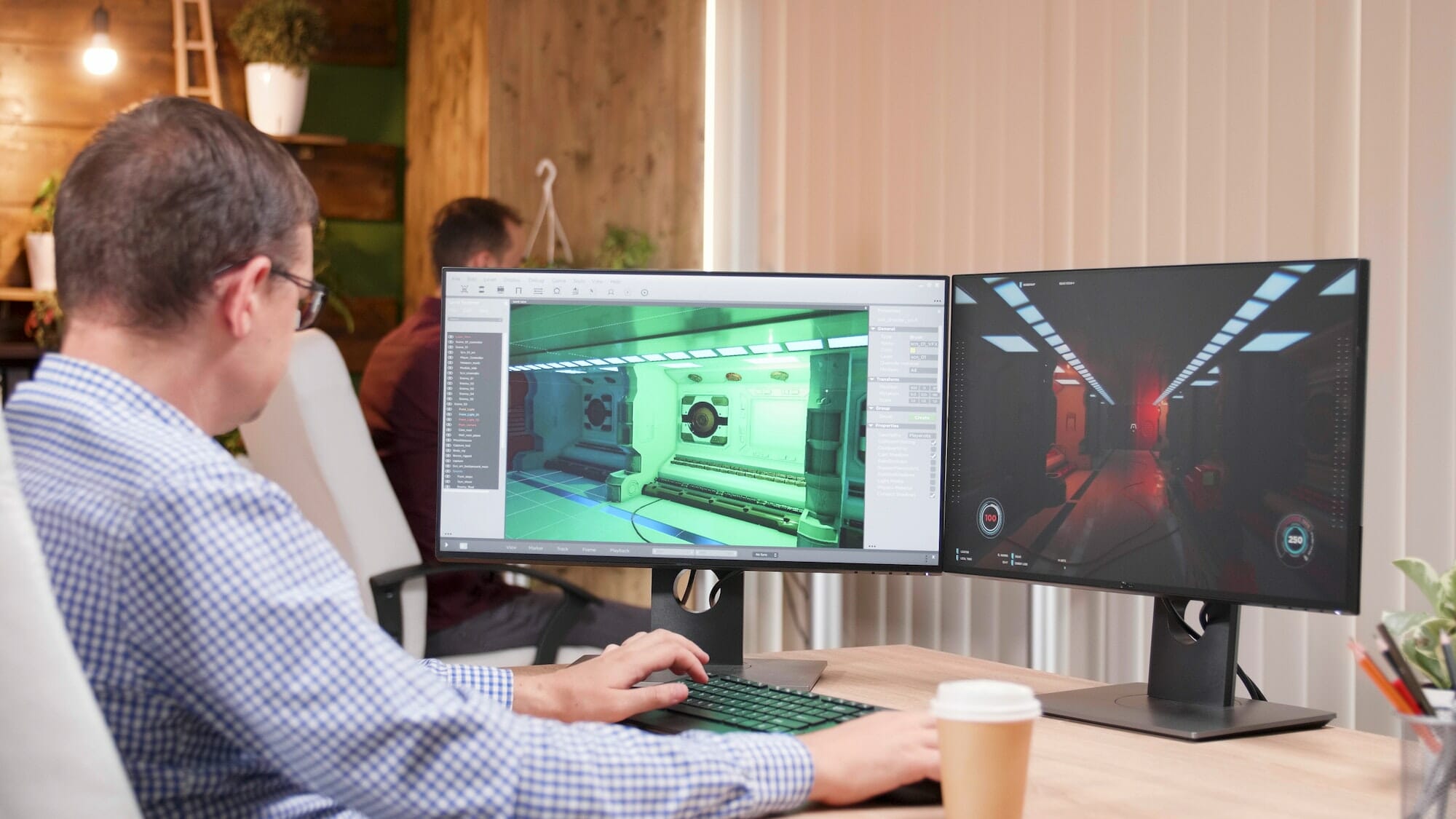
You have your prototypes and assets already. You now have to create a place where you put everything together and make them work together. This is where every stuff you create will be used and where the code’s coding and debugging happens. This is the time to combine all of your game ideas and make it into a “game” that you thought of.
Optimal time range: 2 weeks to 4 months or more
Case study reference: Obby Game programs/systems in Roblox created within 2 weeks.
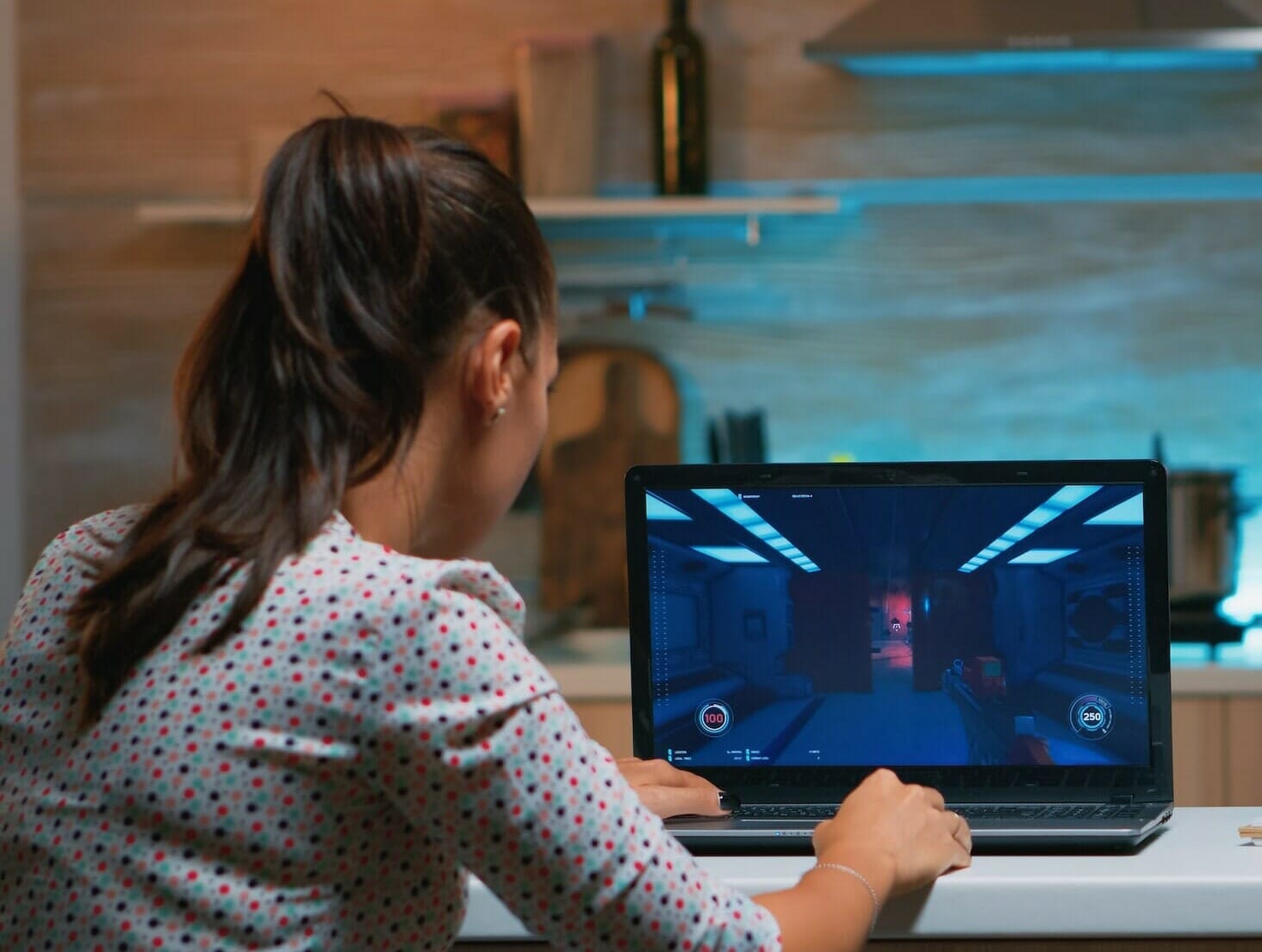
Now there isn’t much point to any app, game or web tool if it is not thoroughly tested first. This is a crucial component of our time together that we include. Our team and immediate network will test your game to find any and every bug to fix before your official launch. This helps ensure your users get the most seamless experience possible. There are no games without a bug/glitch, but we do our best to find and fix any game-breaking bugs before the game is uploaded to the stores.
Optimal time range: 3 days to 1 week
Note: It can be longer than 1 week, depending on the results of the people testing it. More problems require more time.
Case study reference: Obby Game tests in Roblox removed known bugs within 3 days.
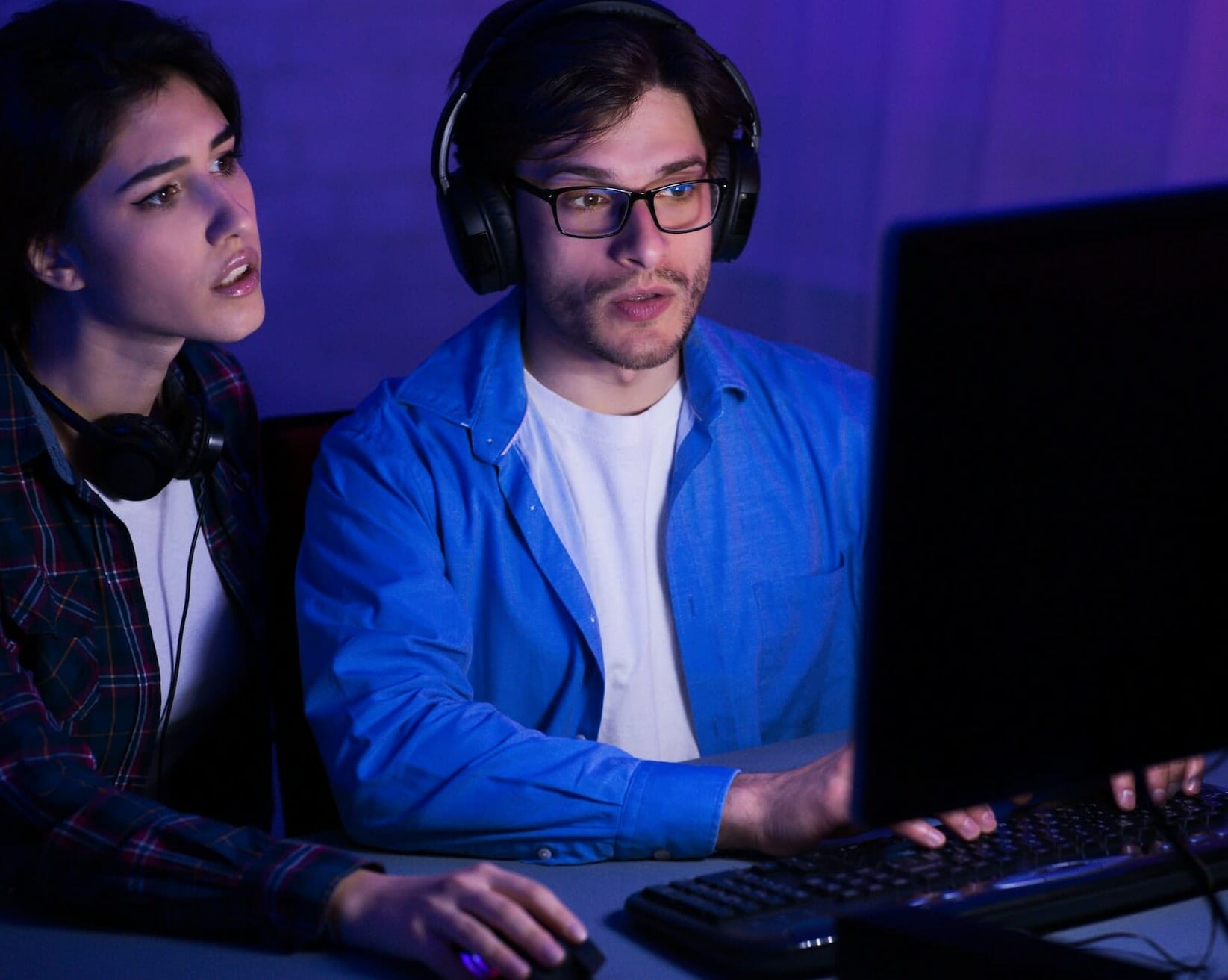
This timeline is where your game is actually posted on the game platforms’ store (App Store, PlayStore, Steam, etc.), but it is not yet fully public. Having a team or actual players do bug tests for the game would be a good idea. Bad uploads happen, and it would be a good idea to see if everything’s working fine before releasing it to the public.
Optimal time range: 3 days to 1 week
Note: It can be longer than 1 week, depending on the results of the people testing it. More problems require more time. However, the game is released to the public at this point, so make updates as quickly as possible.
Case study reference: Obby Game tests in Roblox confirmed no known bugs within 3 days.
7.1a Alpha release
7.1b Beta release
7.1c Full Release
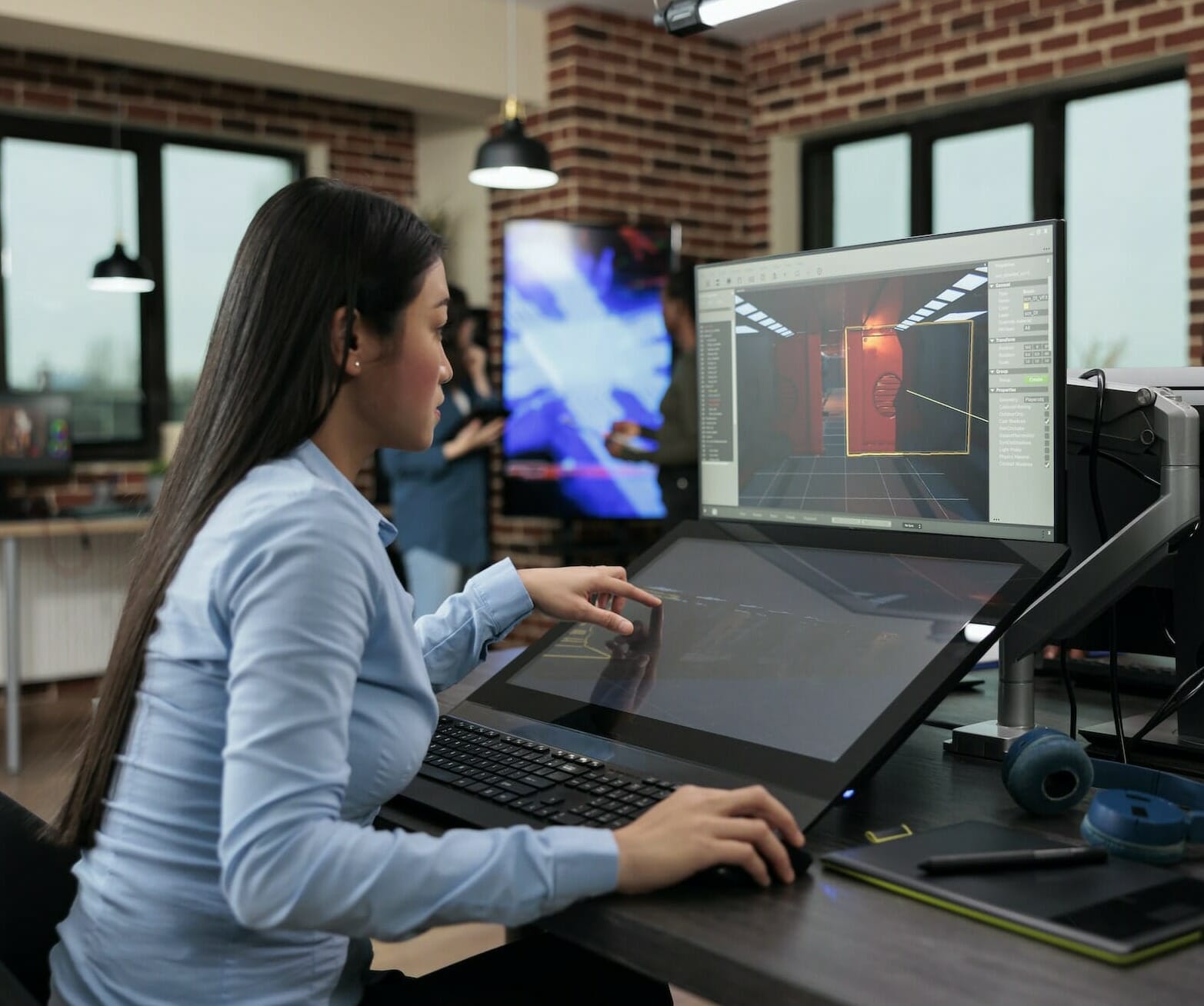
Not all games are created equal
Video game development is a whirlwind of a process; it is a beast that does not care if you have hundreds of team members or you can count them on one hand. This is something we all MUST acknowledge and understand.
Games stick to their genre and would rely on it. Within each genre, there is competition, so we try to make it as unique as possible, and that uniqueness can have its pros and cons. Anyone may be able to come up with a game, but not everyone will want to play it. We/You may have the best game idea in the world, but that doesn’t mean everyone will like it because people don’t always have the same “fun” they want to experience.
It’s also important to realise that no two games are created equal, even from the same studio. In game development, roadblocks are inevitable, deadlines will be missed, and tools will have their limitations. Regardless of knowing this, we can help!
Company Address
Pearl Lemon Ltd Kemp House 152 – 160 City Road London EC1V 2NX United Kingdom
Contact Us
We accept Crypto payments 🪙
Also Associated with Roblox Game Development